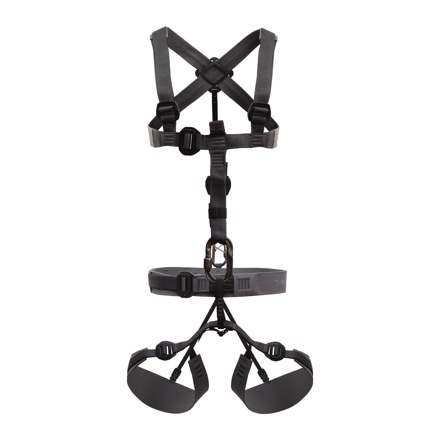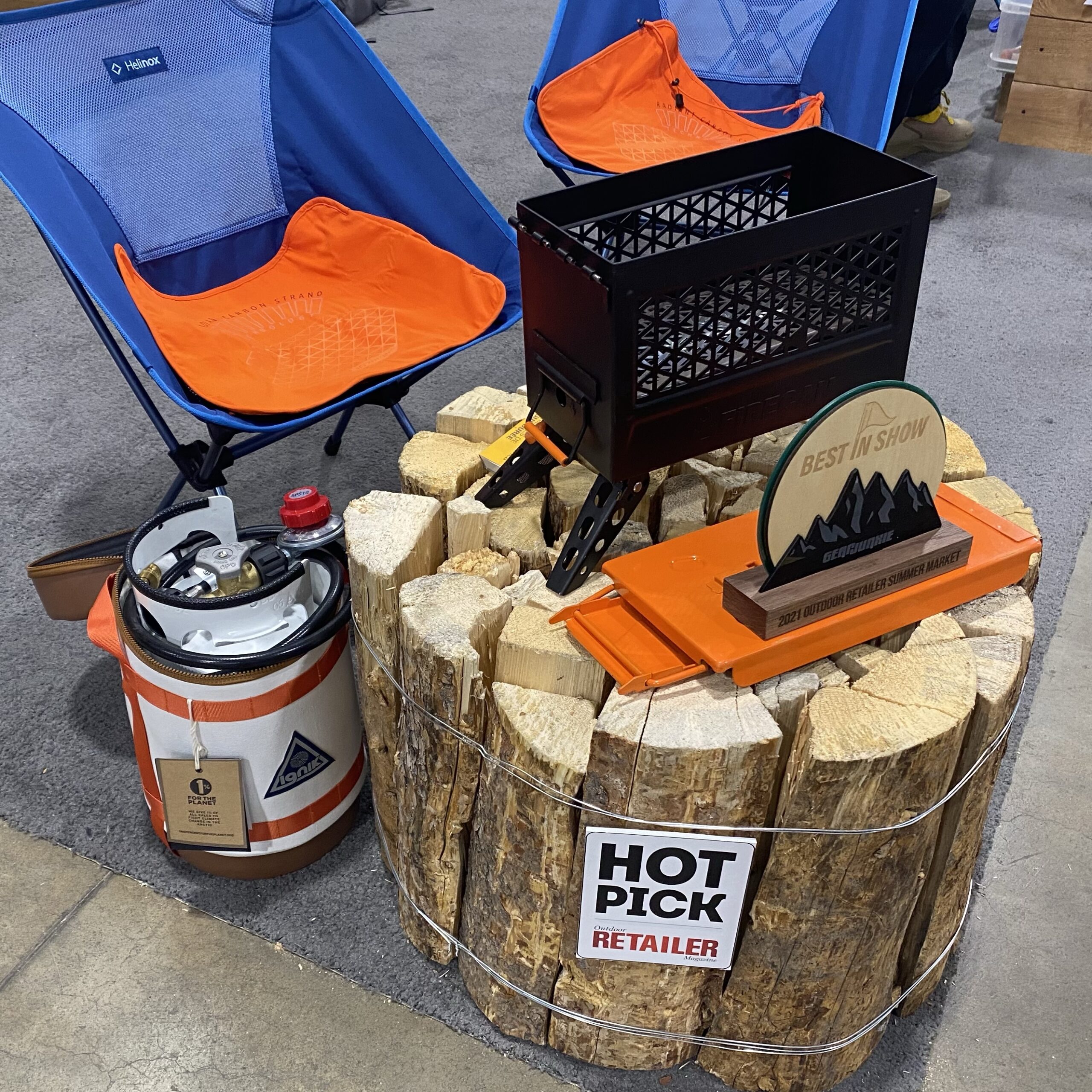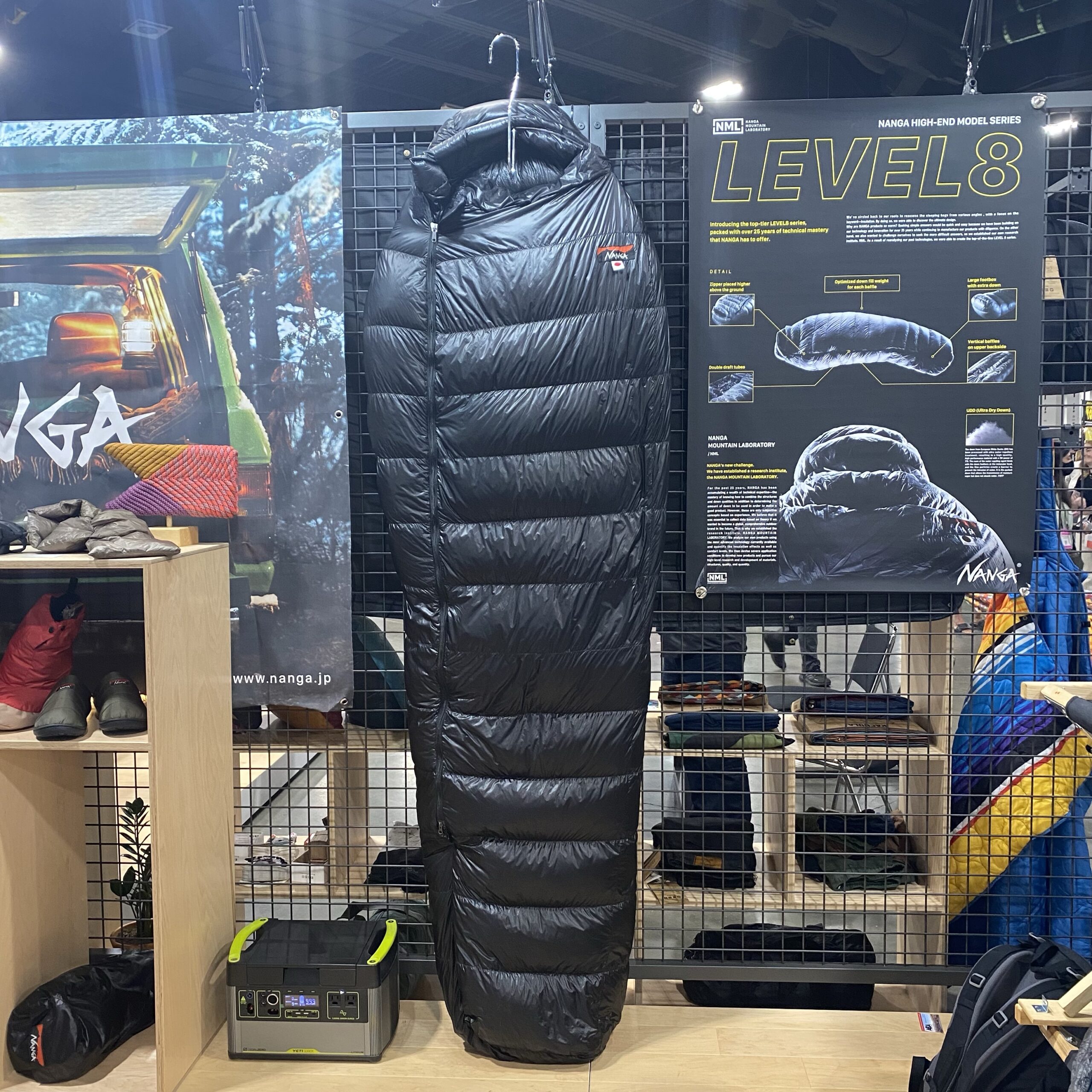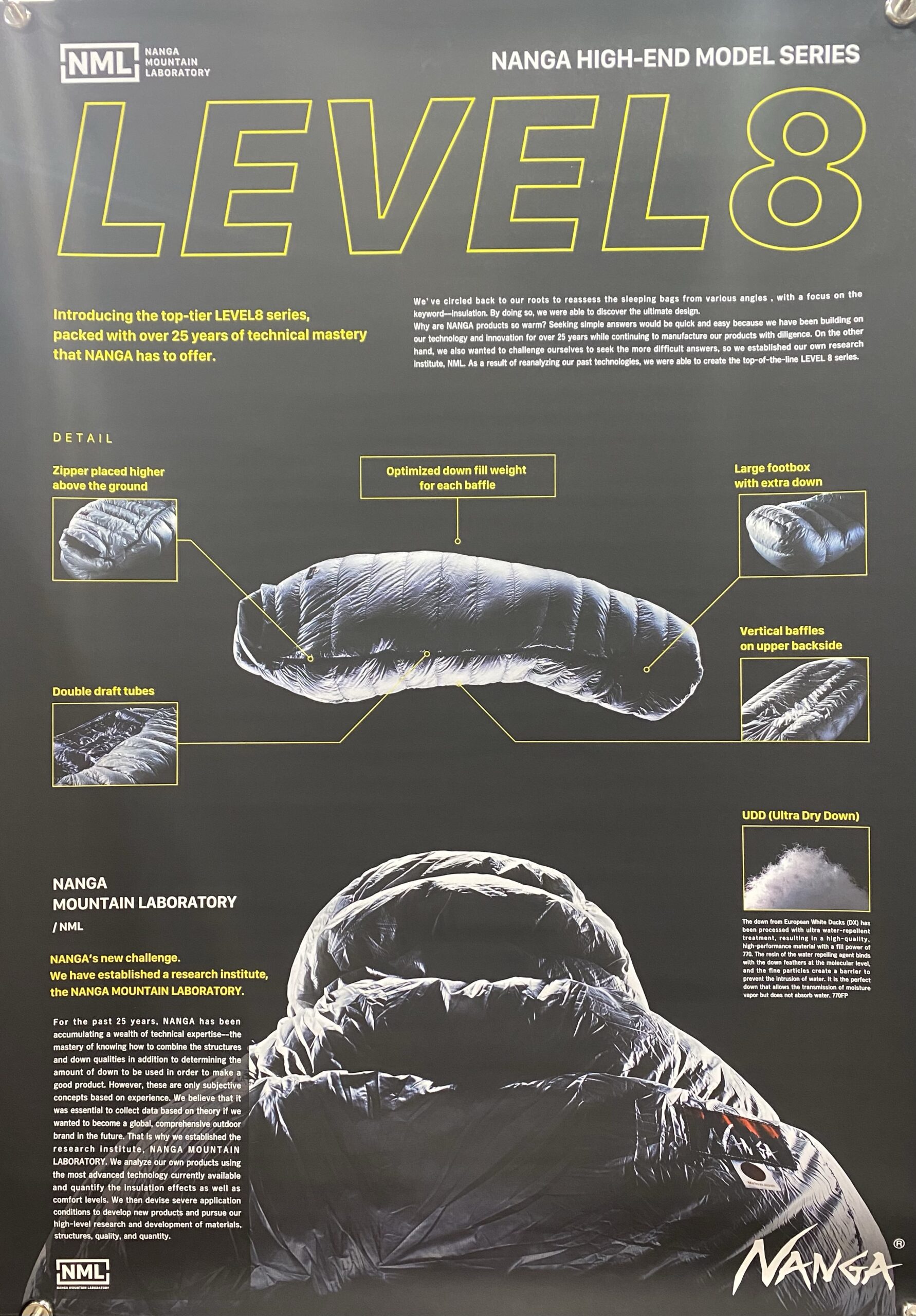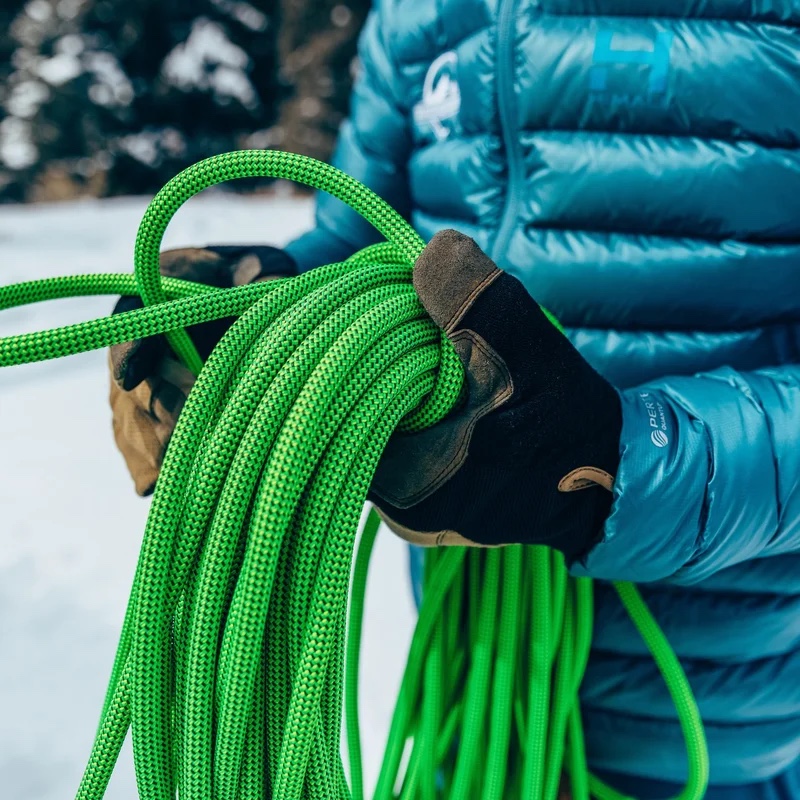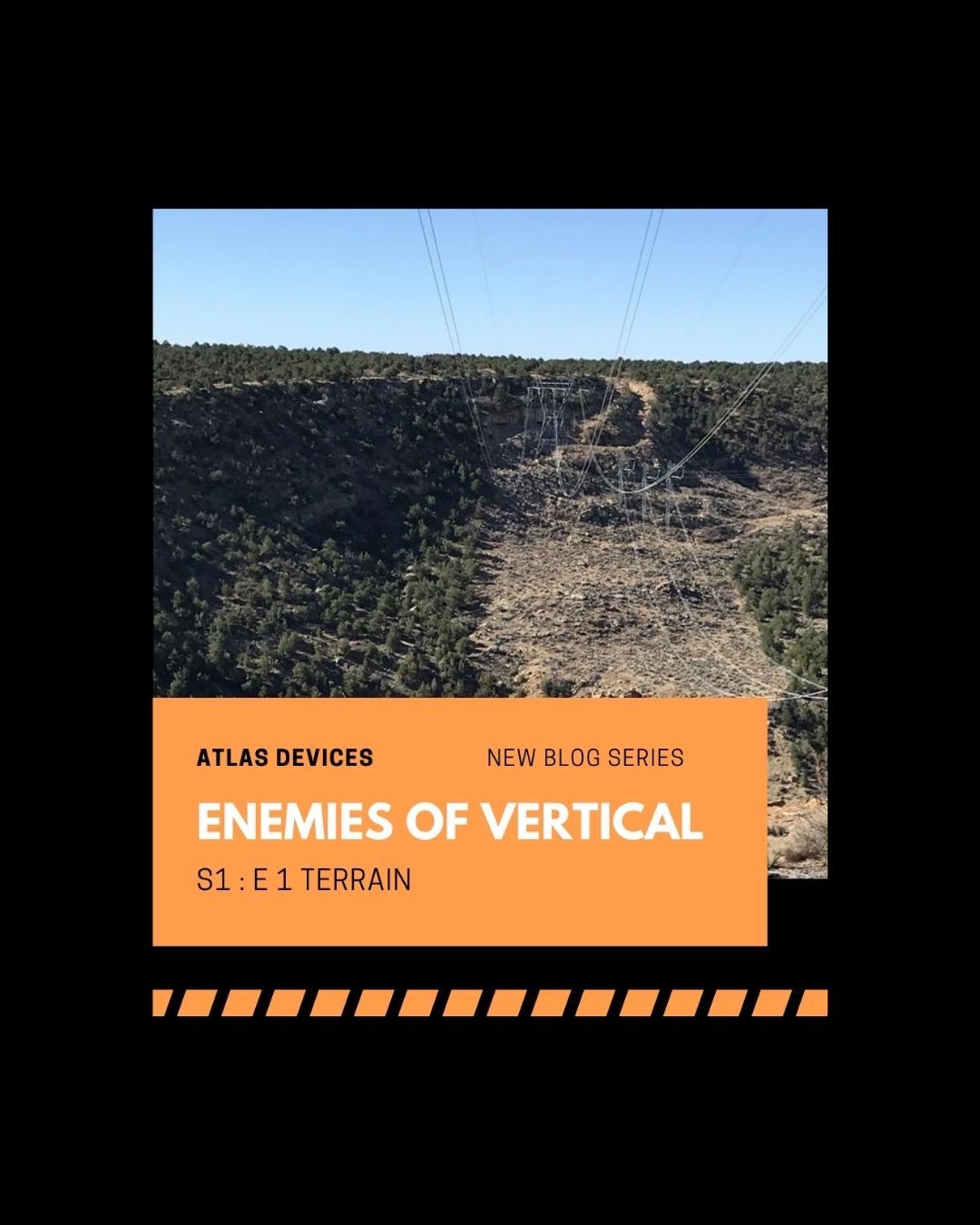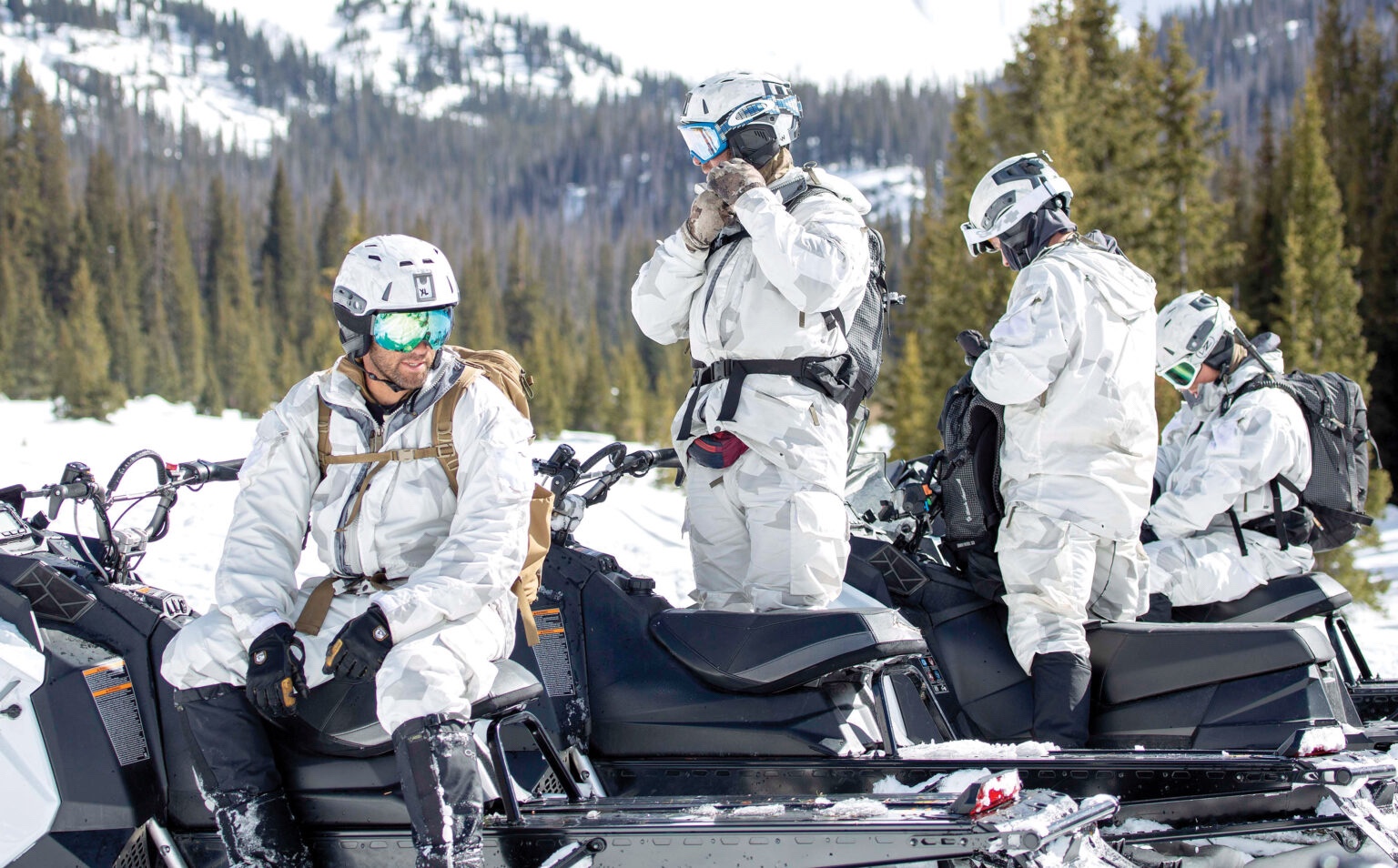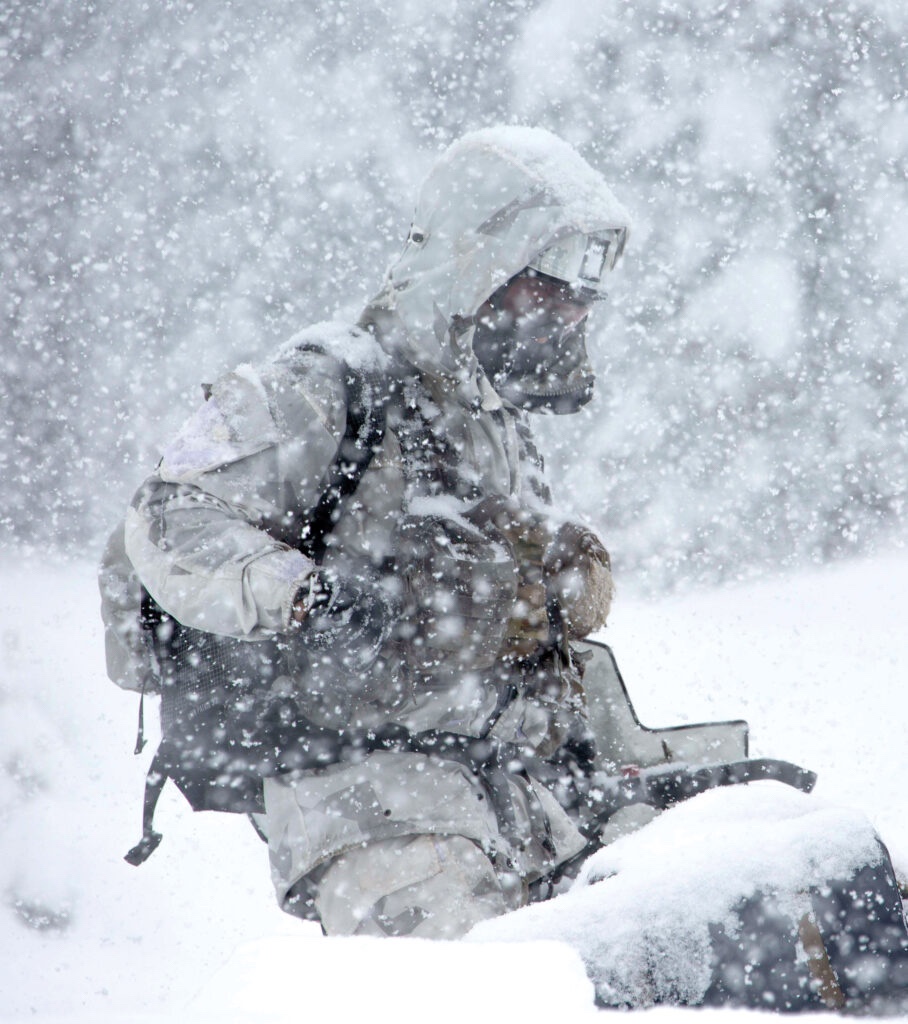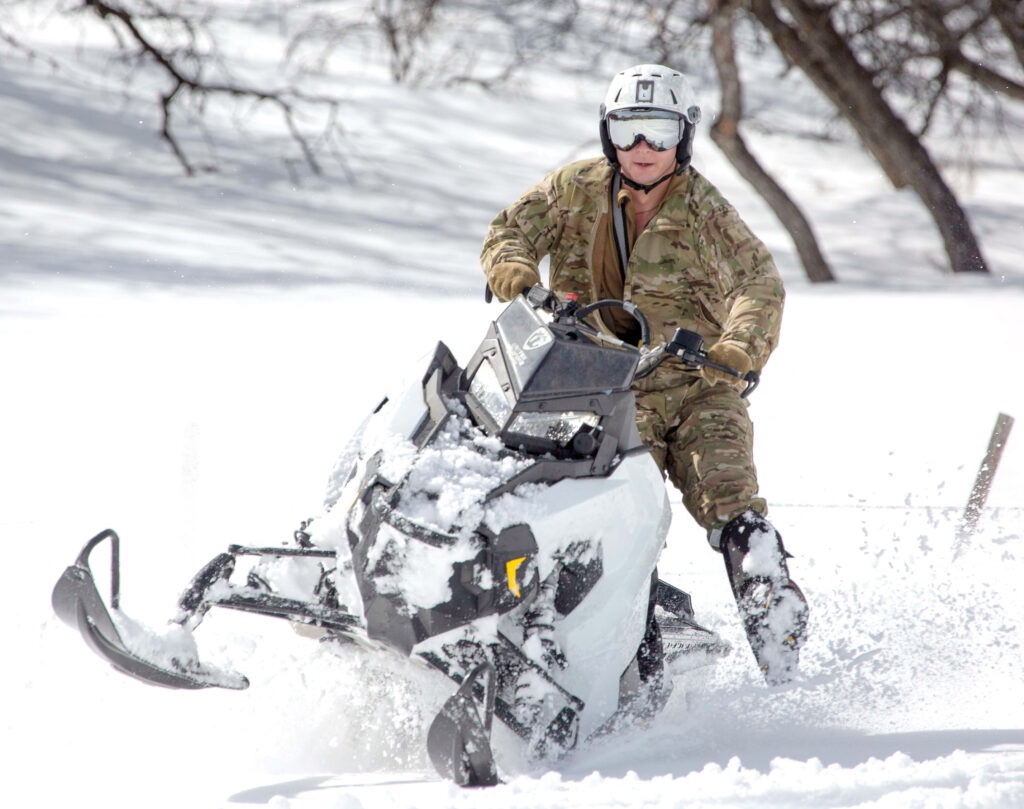La Sportiva, makers of the world’s finest mountain footwear, apparel, and ski hard goods, today announces that for Spring 2022, several iconic climbing shoe models are fully redesigned and updated for modern climbing. The Mantra, Katana Lace, Finale, Tarantula, and Tarantulace are all brand new. The updates continue in the approach category with new renditions of the TX2 Evo and TX2 Evo Leather and the introduction of the new TX Canyon. Kids also have new models with the TX Canyon, Tarantula JR, Ultra Raptor II Mid JR GTX, and Ultra Raptor II JR models.
“La Sportiva is never content to rest on its past successes and is consistently pursuing innovations, even to models that are very successful,” says Jonathan Lantz, president of La Sportiva North America. “La Sportiva enthusiasts often suggest that certain models are perfect and shouldn’t be changed but for Spring 22, the Mantra, Katana Lace, Finale, Tarantula, and Tarantulace all have major changes, as does the TX2, which has been the basis for our success in the approach category. Overall, La Sportiva continues to push innovations as far as possible and we’re confident that customers will embrace these new models as superior performers.”
For climbing shoe minimalists who enjoy dancing up the wall, the Mantra relaunch is a dream come true. This slipper combines La Sportiva’s No-Edge concept with D-Tech Technology, the sole wraps the shoe laterally for a total absence of edges. The deconstructed upper and reduced sole thicknesses improves sensitivity by bringing the foot closer to the rock’s surface. The Mantra weighs 5.2 ounces and carries a $160 MSRP. The Katana Lace is an all-day edging machine that performs well on slabs, thin cracks, and steep routes outside. Tubular construction provides comfort while a highly breathable tongue works in conjunction with the liner for moisture management. The Katana Lace is 8.8 ounces for men and 7.5 ounces for women and retails for $210. The new Finale is a shoe equally at home at the gym or the crag and with 40% of the shoe made from recycled materials, it reduces overall environmental impact. It is constructed from eco-leather that does not use heavy metals in the tanning process and is biodegradable. At 8.4 ounces for men and 7.9 ounces for women, it is $120. The new Tarantula, with its focus on comfort, is easy to use and get on and off. Yet, the slight asymmetry is aggressive enough to perform on steeper routes and trickier moves. The Tarantula is 8.4 ounces for men, 7.5 ounces for women and retails for $95. The best-selling climbing shoe in the US, the Tarantulace, is now even better, with an unlined leather upper, asymmetric shape, and roomier toe box. Updated aesthetics and design increase performance while maintaining the same fit and feel for $85.
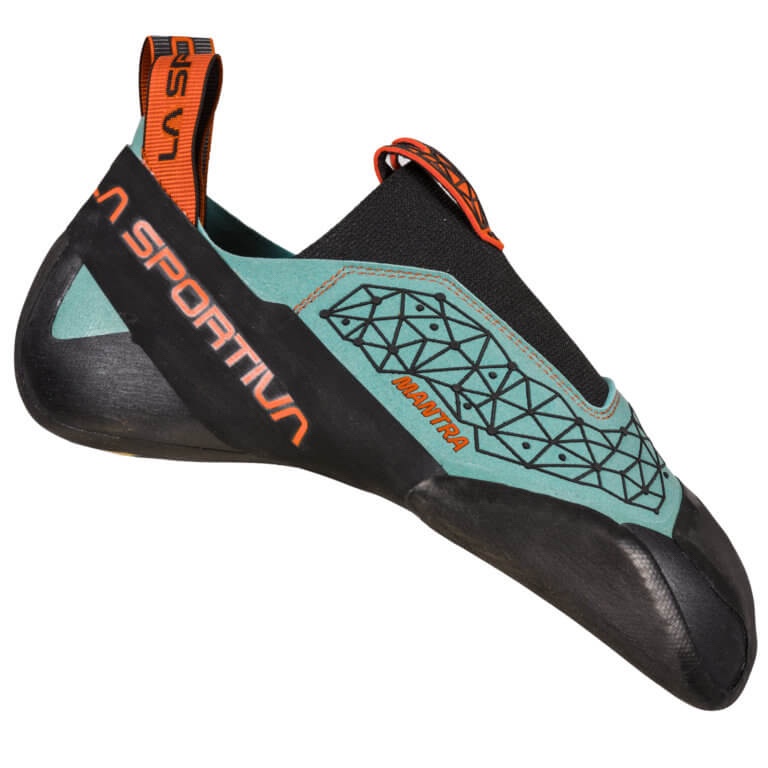
La Sportiva Mantra

La Sportiva Katana Lace (M)

La Sportiva Katana Lace (W)

La Sportiva Tarantula (M)

La Sportiva Tarantula (W)
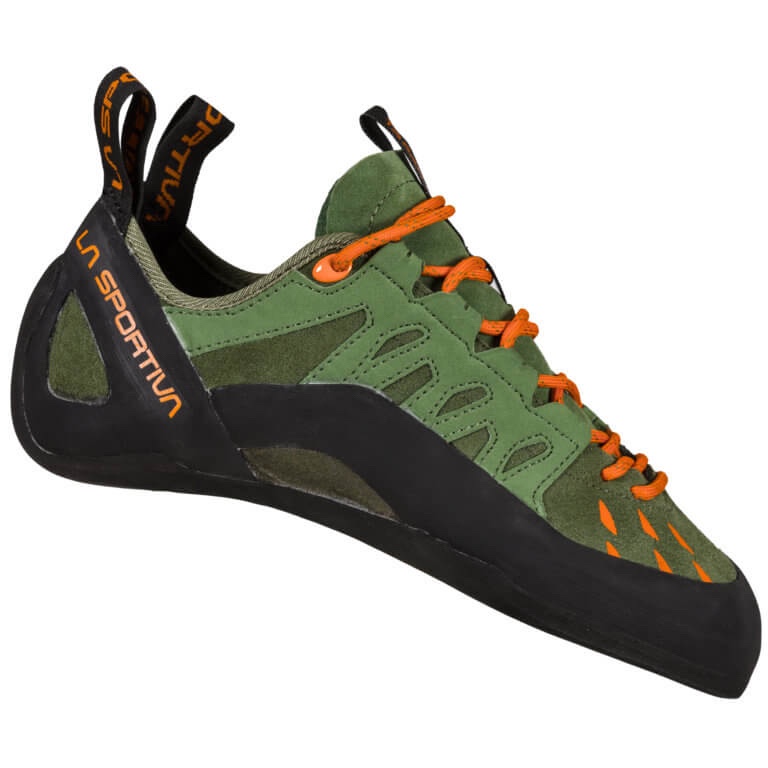
La Sportiva Tarantulace (M)

La Sportiva Tarantulace (W)
The extremely popular TX line gets a major upgrade with the ability to easily resole it. The TX2 EVO and TX2 EVO Leather are both lightweight approach shoes that stow easily thanks to strong C2 ComboCord and can be resoled to extend the life of the shoe. Vibram Idrogrip provides excellent traction on wet or dry surfaces at $139 for the TX2 EVO and $129 for the TX2 Evo Leather. Canyoneering shoes need to do it all and the La Sportiva TX Canyon offers support, flexibility, traction while wet or dry, and can shed water quickly. Recycled materials contribute to a reduced environmental impact and a larger, wider fit accounts for neoprene socks. The TC Canyon will retail for $169.
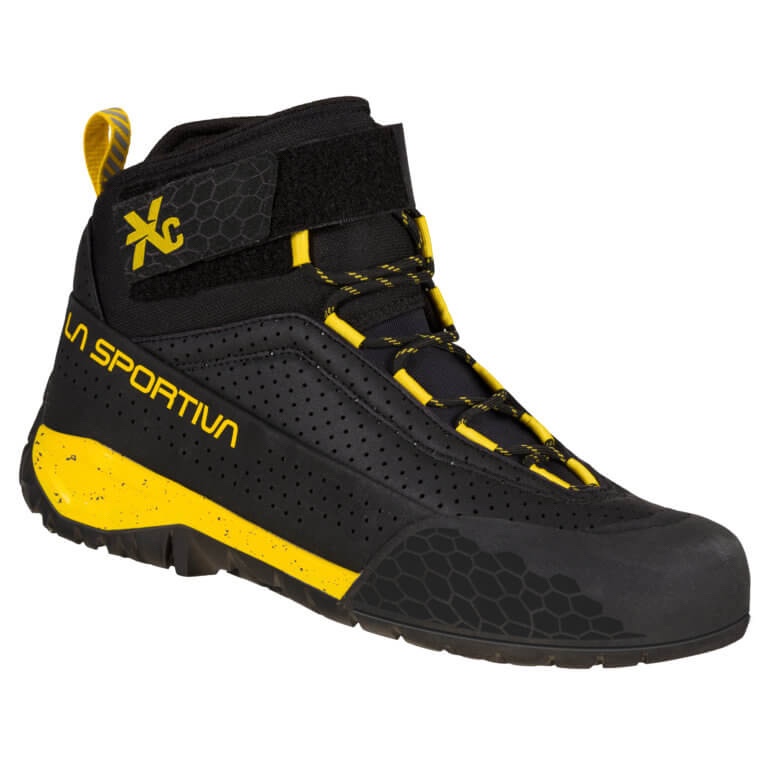
La Sportiva TX Canyon
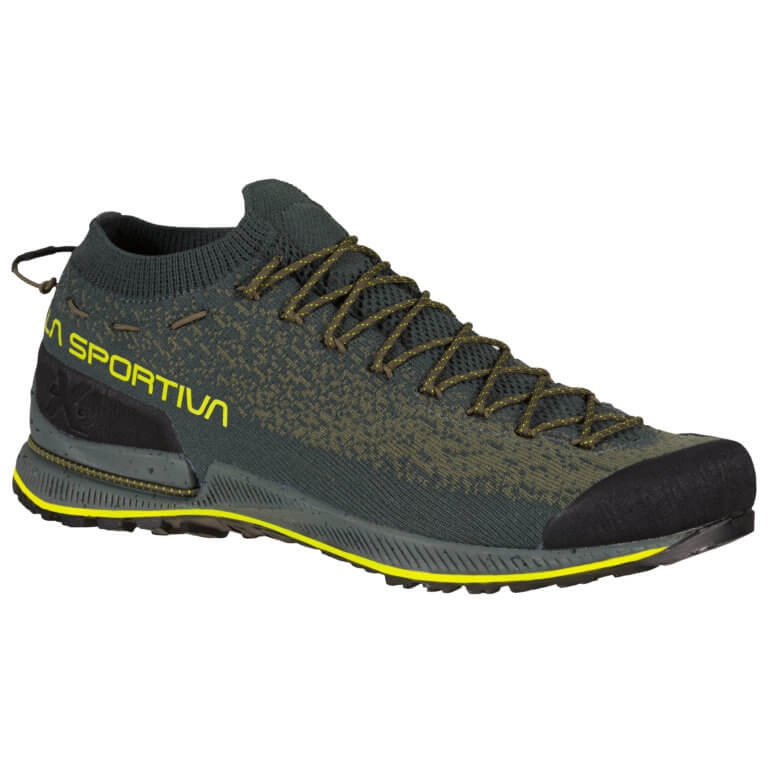
La Sportiva TX2 EVO (M)
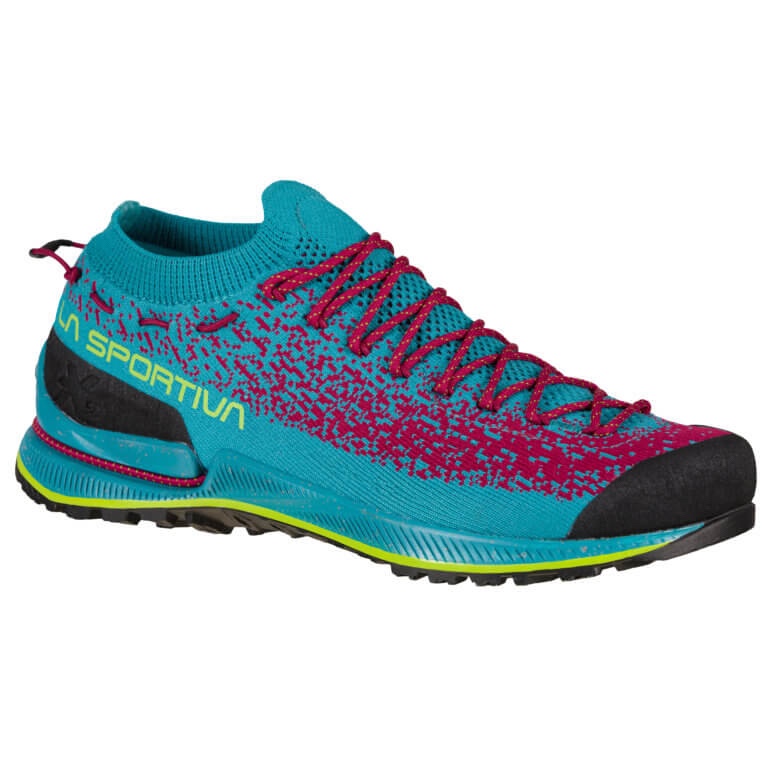
La Sportiva TX2 EVO (W)
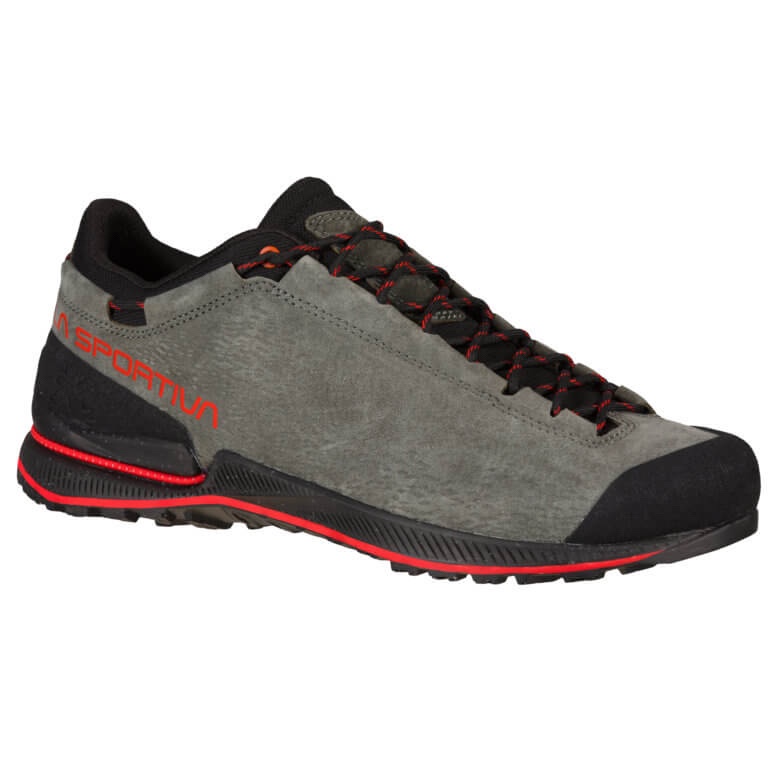
La Sportiva TX2 EVO Leather (M)
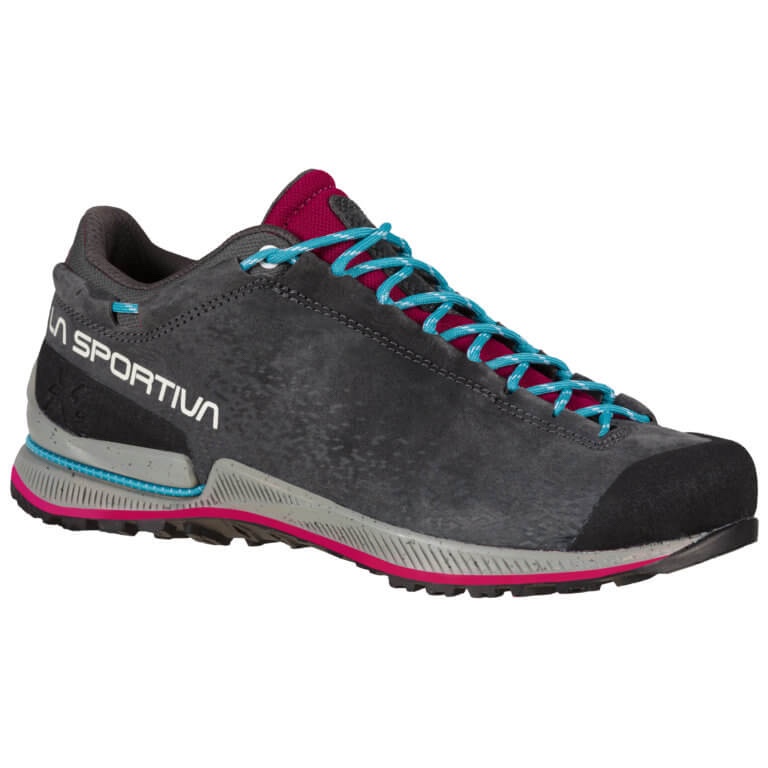
La Sportiva TX2 EVO Leather (W)
Not to be left out, kids get three great new models including the Tarantula JR, a smaller version of the popular Tarantula climbing shoe. It’s neutral comfort and highly adjustable closure system will fit a wide range of kids and help them get into climbing for $75. The Ultra Raptor Mid II Mid JR GTX is the perfect choice for getting kids into hiking. It’s mid-height, Gore-Tex waterproof protection and quick-pull lacing system provide a capable boot for younger trail enthusiasts at $85. The Ultra Raptor II JR is an everyday trail walking, running, or hiking shoe to keep kids moving and enjoying the outdoors. Aggressive lugs with sticky FriXion rubber provides maximum traction on all surfaces for $75.
The entire footwear line for both men and women will be available at fine specialty retailers across the country and at www.sportiva.com in Spring 2022.



